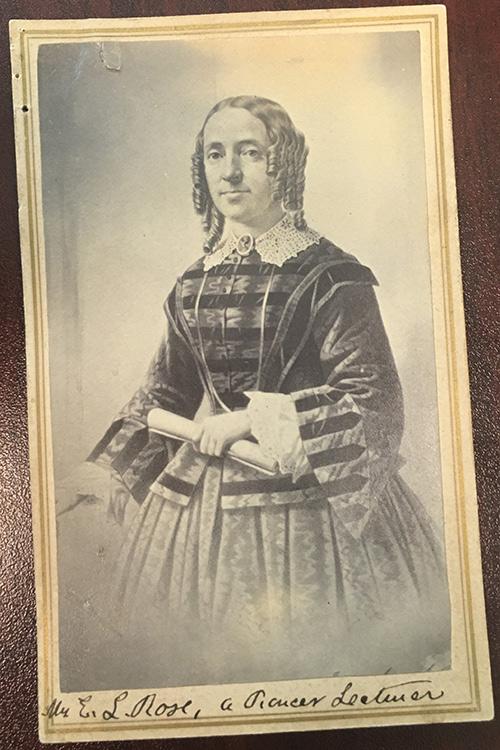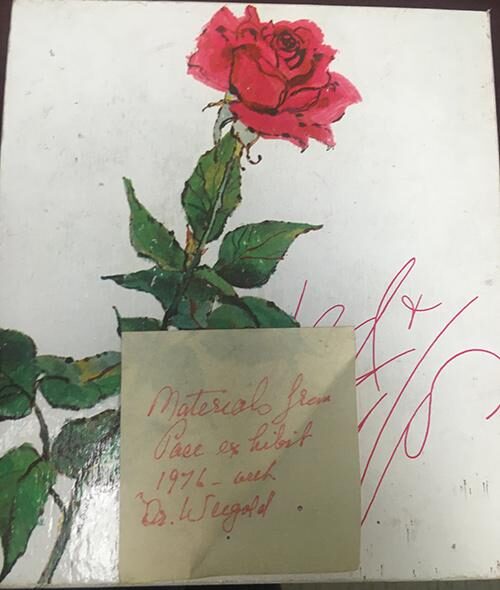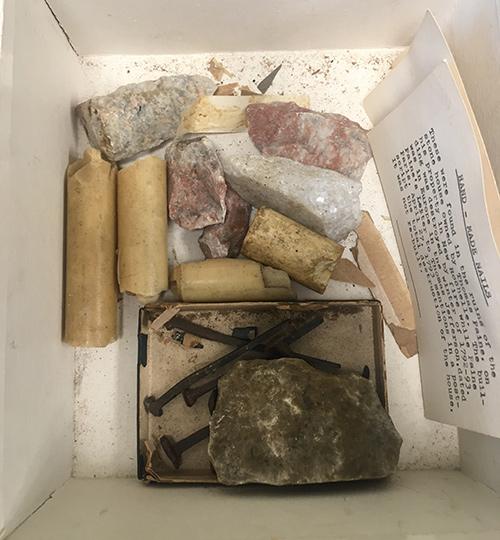While working through the material objects in the ITPS collections, I came across a time capsule previously buried beneath the cornerstone of the Thomas Paine Memorial Hall in Boston. This building stood on Appleton Street until it burned down on January 9, 1940. This time capsule had been saved by John A. Bremner, the president of the Thomas Paine Memorial Corporation, and was donated to the Thomas Paine National Historical association and opened for the first time in April 1983. The box contained a series of photographs and illustrations of people associated with the Boston Investigator, a newspaper dedicated to free thought and located in the Thomas Paine Memorial Hall in the nineteenth century. Among a collection of photographs and prints of men is the image of one woman, Mrs. E.L. Rose.1
Who was she and how did she end up in the time capsule?

Ernestine L. Rose was born in Poland to a Jewish family. After refusing her arranged marriage, she went to Prussia and resided all over Europe before going to England. While in England she became friends with Robert Owen and became an Owenite. While living with the Owenites, she met her husband William Rose. They then immigrated to New York. While in the United States, she went on speaking tours promoting women’s rights and antislavery. She became friends with Susan B. Anthony and Elizabeth Cady Stanton. She supported and successfully helped the passage of a law in New York that would allow a married woman to keep her own property.2
Her speaking tours brought her to Boston and into the circle of the Boston Investigator, a free-thinking newspaper. She befriended many of the editors and contributors and similarly viewed Thomas Paine as one of her heroes. She likely ended up in the time capsule because of her friendships and her contributions to the newspaper. She famously wrote a response defending Jews and Judaism after Horace Seaver, the editor of the Boston Investigator, wrote an antisemitic article about Jews in the United States.3
Ernestine Rose should be restored to the narrative for her important role in the woman’s movement and other reform movements of the 19th century. While scholars have written about her, especially in the last few years, many have never heard of Ernestine Rose. I surely hadn’t before I came across her image, but now will think of her alongside Susan B. Anthony and Elizabeth Cady Stanton in the fight for women’s rights. As we are in the year celebrating the centennial of the 19th amendment, let’s remember Rose’s role in the suffrage movement and place her back into the historical narrative.




